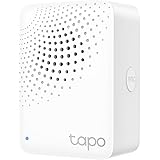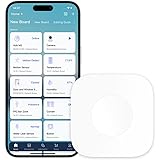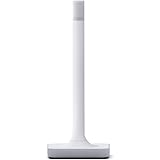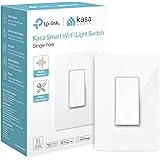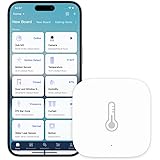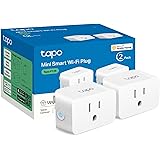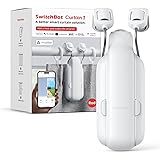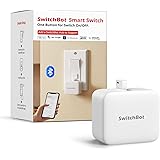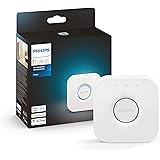Home automation allows users to control their household electronics and technology remotely through a network that connects all devices to the Internet. It’s a system that lets users turn on their coffee maker through an app, disarm their security system from work when they forget to do so before leaving home, or even say hello to an overnight guest who rings the video doorbell. The technology also makes it easier to manage tasks like cooking, cleaning and chores.
Many people think of home automation as a solution for tech-savvy homeowners who rely on multiple technology-driven devices to do their daily jobs, but it’s actually useful for anyone who wants more convenience. When it comes to remote access, it’s a great way for people with mobility issues to live their lives more comfortably. For instance, those with arthritis can use a home automation remote to operate appliances or open and close the garage door with one touch. They can also easily monitor their security systems or check in on elderly family members using a live feed from a home camera.
Most home automation devices are designed to be controlled via a mobile application or voice assistants, most notably Alexa and Google Assistant. However, most of the time these apps are standalone products from different manufacturers and they don’t integrate with each other seamlessly. In addition, there’s no single device that can replace a traditional TV remote or universal smart display that sits on a table or nightstand and provides an intuitive user interface for everything in the home.
The good news is that a lot of smart home devices are compatible with each other through a hub that connects to the Internet and enables them to be controlled as part of a larger network. These hubs support a wide range of communication protocols, including Bluetooth, Zigbee, Z-Wave, X10, and Matter.
Besides the ability to control each device through an app, many smart home devices have built-in programmability that allows users to set up and manage schedules. This is especially useful for energy-consuming appliances and lighting. For example, some smart bulbs can be programmed to automatically turn off and on at specific times throughout the day to reflect real-life usage. Others can even be put into what’s called “away mode,” which is designed to deter burglars by making it appear that the house is occupied when no one is around.
The most obvious benefit of home automation is that it allows people to keep tabs on key devices when they’re away from the house, whether they’re at work or on vacation. They can use the app to turn on or off lights, set the temperature in the home, and even lock the garage door with just a few clicks of the button. In fact, home automation has helped reduce the number of homes with left-on appliances and increased energy efficiency by automating programmable thermostats. It has also made it possible to monitor the safety of loved ones with dementia or Alzheimer’s through video doorbell and intercom systems.
